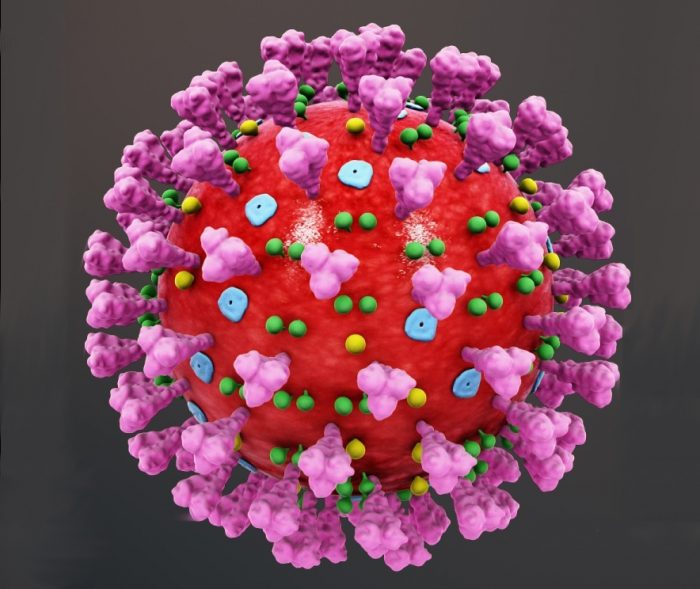The novel coronavirus 2019 (COVID-19), which first appeared in Wuhan city of China in December 2019, has spread rapidly around the world and became a pandemic. It is critical to detect the positive cases as early as possible to prevent the further spread of this epidemic.

Real-time polymerase chain reaction (RT-PCR) tests, used as the standard of assessment for COVID-19, is time-consuming and prone to false-negative detection. Accordingly, chest x-ray (CXR) and high-resolution computed tomography (HRCT) may be considered for early diagnosis of COVID-19. Although X-ray scanners are widely available and generate images rapidly, one of the most important disadvantages of CXR is its incapability to detect the early stages of COVID-19. CXR lacks sensitivity in Ground-glass opacity (GGO) detection and has lower sensitivity than the primary RT-PCR test. The sensitivity of CT for COVID-19 infection has shown to be 98%, compared to RT-PCR with a sensitivity around 71%. But it is more expensive than CXR, and exposes the patients to higher doses, which is undesirable especially for follow-up scans for the patients . As COVID-19 can be falsely diagnosed as other viral and atypical cases of pneumonia such as influenza due to similar clinical presentation of CT findings, this imaging method may not provide a reliable differential diagnosis between COVID-19 infection CT images and other types of infection.

Therefore, fast and accurate diagnostic methods are needed to fight against wide spread of this disease and to help the patients at earlier stages. Based on radiographic changes in CXR and CT scans of patients with COVID-19 , a computer-aided diagnostic (CAD) system based on deep learning methods can help in extracting the features associated with COVID-19 and provide a clinical diagnosis before the RT-PCR pathogenic test, thus saving critical time for disease control, increasing sensitivity and specificity of diagnosis, reducing patient and decreasing the costs. An advantage of well-trained deep learning models is that they can focus on regions that are not noticeable to the human eye.

In this study, we propose a deep-learning method for automatic COVID-19 detection using raw chest X-ray images, to assist radiologists in validating their initial screening. For model development and validation, we will collect CXR and CT images of the patient in three groups:
1- pathogen-confirmed COVID-19 pneumonia cases
2- cases with negative RT-PCR test results
3- control cases with influenza A virus subtype H1N1.

